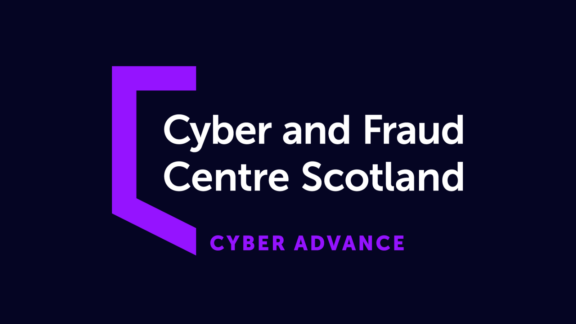Tag: Closed Door Security
-

Cyber and Fraud Centre – Scotland Expands Cybercrime Response Network
Scotland’s Cyber and Fraud Centre expands response network to combat cybercrime and fraud
-

How To Use Augmented Reality and Virtual Reality To Secure Digital Environments
Augmented reality and virtual reality: Revolutionising security in digital environments
-

Quantum Computing and Its Implications for Cyber Security
Building a secure future: Navigating cyber security regulations and compliance in the age of quantum computing
-

Building a Secure Future: Navigating Cyber Security Regulations and Compliance
Building a secure future: Navigating cyber security regulations and compliance
-

The Growing Importance of Cloud Security: Data Protection in the Digital Age
The growing importance of cloud security: Safeguarding your data in the digital age
-

Education and Awareness in Cyber security: Empowering Users to Stay Safe
Empowering users to stay safe: The role of education and awareness in cybersecurity
-

Combating Cybercrime: Partnerships and Strategies for a Safer Digital Environment
Combating cybercrime: Building strong partnerships and implementing effective strategies for a secure digital landscape
-

Harnessing AI in cyber security: Improving Threat Protection
Harnessing the power of AI in cyber security: Advancing threat protection
-

Critical Infrastructure Security: Cyber security Solutions for Critical Sectors
Securing critical infrastructure: Cyber security solutions for protecting vital sectors
-

Increasing Cyber security Resilience: Protecting Your Digital Environment
Increasing cybersecurity resilience: Fortifying your digital environment against emerging threats